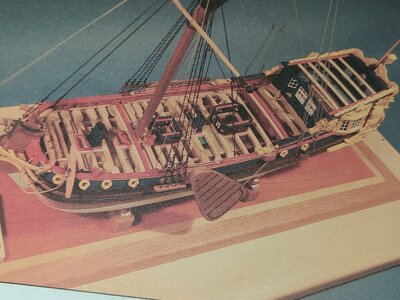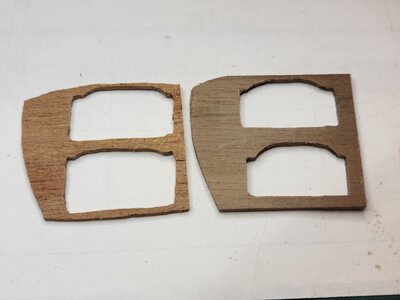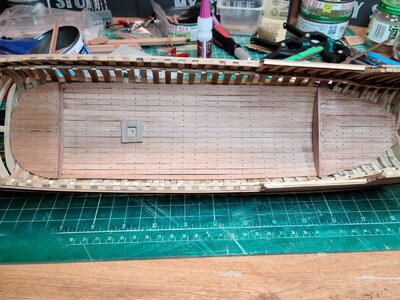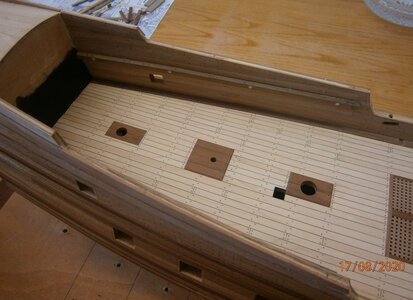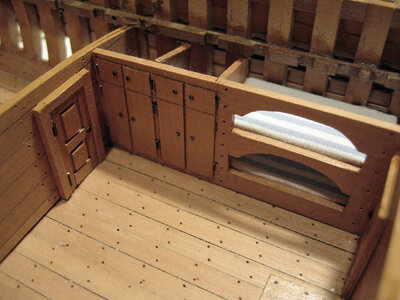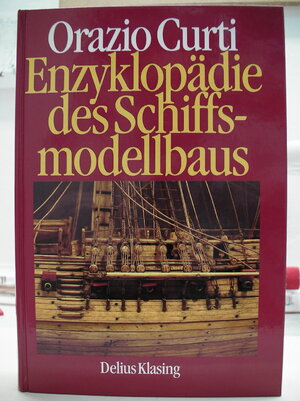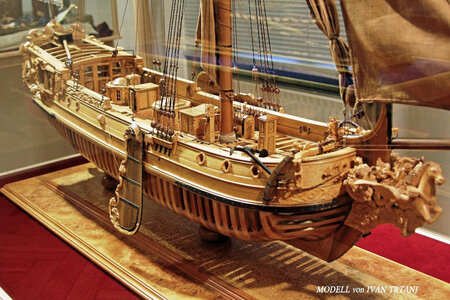Thank you Jimsky !!! You are correct. As soon as I finish this section I will do the treenails. I can't skip that step before gluing things. Let's see if I can do them correctly. I will follow Jerónimo's way. Just punch the holes. Will see.
Thank you again for following my log. Always feel free to suggest improvements or point mistakes.
Cheers
Daniel
Thank you again for following my log. Always feel free to suggest improvements or point mistakes.
Cheers
Daniel
Great progress, Daniel and I fully support your decision to make from scratch internal structures! If I may suggest you considering imitating the treenails, at least just drilling the holes? In the last photo, it looks really nice, though.


